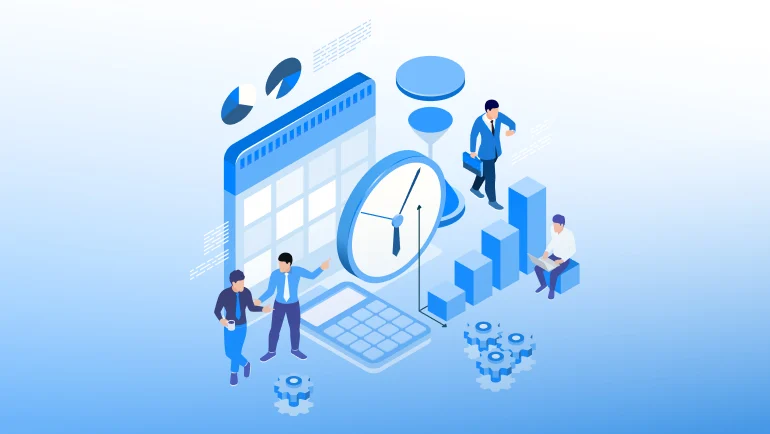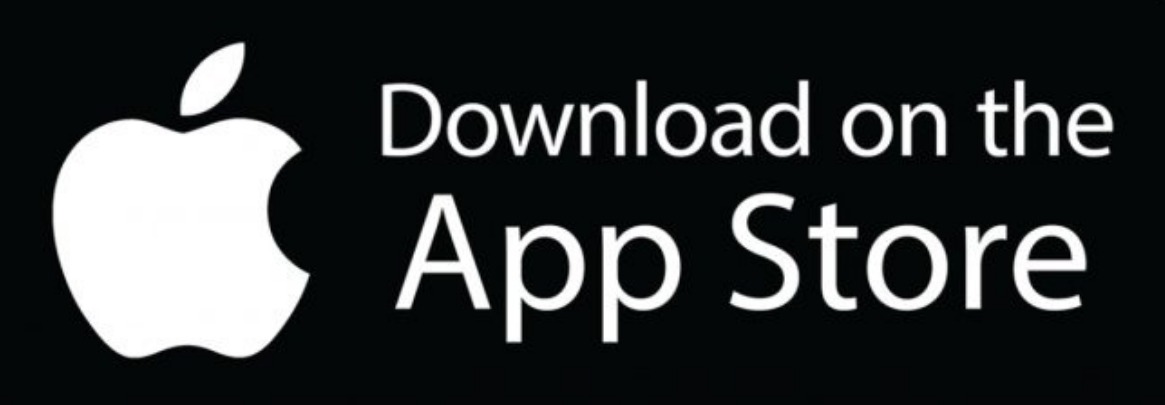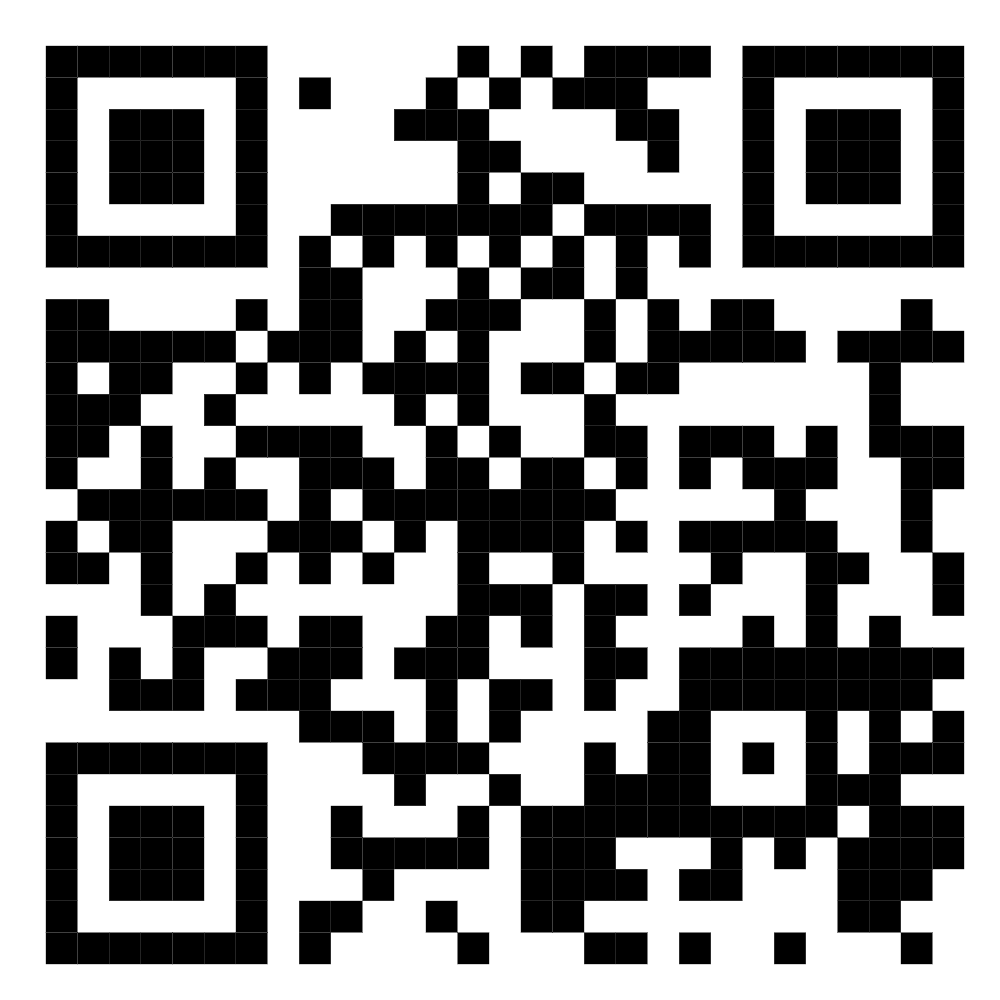Time and Attendance Complexities and How Modern Solutions Can Solve These

How do you keep track of time and attendance? Do you use a third-party solution? Do they have a friendly mobile app, or are you still using paper timesheets? If so, how do you reconcile them with payroll data?
Implementing proper time and attendance tracking across your organisation can include complex scenarios. No one can deny the current and rapid pace of change in business. It is important to have the right tools to manage your workforce.
But when it comes to payroll management, businesses are always looking for ways to simplify their payroll processes and maximise profitability. By achieving an automated field service management system, time and attendance can be streamlined, which ultimately allows businesses the ability to streamline their payroll processes.
The biggest barrier that companies have to deal with is an obsolete system not just for tracking employee clock-ins, but for managing their field service in general. The main challenges that companies face with their current time and attendance tracking platforms include manual errors, lack of integration between operations and payroll, and the inability to demonstrate compliance with wage and hour laws.
Time and Attendance software workflows should eliminate the complexities of these areas and make processes smoother and not the other way around. Companies spend too much time on the systems that are supposed to help simplify processes. Thousands of business hours are spent on dealing with Time and Attendance software workflows that complicate processes instead of simplifying them, which results in heavy admin work, manual errors, unproductive steps, and compliance risks.
Types Of Complexities
How Can Businesses Ensure That Employees Are At The Right Place At The Right Time?
Businesses operating across multiple sites can find it challenging to ensure that staff members are where they should be, especially when you do it through obsolete systems. With inefficient systems, you cannot be successful in keeping track of employee locations and clock-ins leading to time theft, gaps in operations, and inaccuracies in payroll.
Time and Attendance tracking of staff members who work in multiple locations in a day:
There are many companies that are having problems with keeping track of their staff who work in multiple locations or job sites in a day. They need a well-organised system that can automatically track such clock-ins without having any issues and help export timesheets to their payroll system.
You may think that a Time and Attendance software is a one-size-fits-all solution, but it doesn’t work that way. Each organisation has its own unique needs when it comes to field service management. This is why it’s important to implement a Time and Attendance software workflow that can adapt to the growing needs of your organisation.
While selecting a field service management platform, you might come across Time and Attendance software workflows that claim to have the most advanced features, but it might not be of much help if it can’t integrate seamlessly with your existing systems. It’s only through seamless integrations that you can truly customise the platform to suit your needs and goals. However, a Time and Attendance workflow that can do that for you is hard to come by. That’s why it pays to do your due diligence before implementing a Time and Attendance workflow in your organisation.
With an effective system in place, your employees who need to work in two or more different locations in a day can record their start and end times using their own mobile device via GPS clock-in functionality. Time and Attendance workflows can help log that information on the timesheet, which can be easily verifiable and exported to payroll.Too often, you might purchase a one-size-fits-all time and attendance software without properly considering the needs of your business and workforce.
A better approach is to use a Time and Attendance software workflow with configurable workflows that grow and change as your organisation does. This approach allows you to get up and running quickly, helps you address problems in real-time instead of trying to fix your existing system, and frees you from having to purchase new software every time your organisation’s needs change.
Points To Be Considered When Implementing a Time and Attendance Management System
Here are some essential features that any organisation needs to focus on while planning to implement time and attendance management systems.
Attendance Management
The main work of an effective time and attendance system is to simplify and automate the attendance management process for employees. They should be able to check in and check out effortlessly each day to record their attendance. If your employees work from client offices, opting for a system that permits attendance marking only from specified locations which can be beneficial in a long run.
Moreover, the system should automatically be able to label employees who fail to check in for the day as absent. Yet, there might be instances where employees forget to mark their attendance or mistakenly mark their attendance on their day off. Here, the time and attendance system would offer the flexibility to control attendance entries easily.
Geo-tagging employee verification
Geo-tagging only adds another layer to the time and attendance system that renders the process of tracking more fruitful. The system verifies that employees are what they say they are: the individuals who are clocking in. The latest trend in hybrid working involves geo-tagging for proper tracking from different locations, hence reducing time theft and fraud.
By integrating IP validation and geo-fencing, it is possible to bring out any degree of accuracy with regard to time and attendance. The geo-tagging tool can capture the very number of hours an employee worked with an assurance of authenticity of the data it captures.
The software facilitates easy conveyance of data for payroll purposes and saves time while at the same time minimising chances of error. One gets to enjoy real-time data on attendance: hence, promoting responsibility leading to a success-driven labour force.
Biometric Attendance Tracking
A biometric time and attendance software takes advantage of state-of-art biometric technology. To explain, it could utilise a fingerprint scanning retina scanning or face recognition function to record precise employee attendance. There is higher security observed compared to many conventional methods. This would eliminate the dependencies on potential security risks of ID badges and time cards that are vulnerable to being stolen or lost. Furthermore, workers are able to clock in and out by scanning their unique biometric identifiers on a specialised machine.
Additionally, the system eliminates the dissemination of proxy attendance and regulates attendance malpractices or duplicitous practices of ‘buddy punching.’ The biometrics technology would not step silently into the night. It will enhance all departments of attendance tracking. It can as well do away with overbilling, control administration of paid and sick leave, and administration of statistics administering permanent and contract staff.
Leave Management
A good time and attendance system, like TrueTym, also includes a leave management feature that eases operations in HR. It can customise the leave policy according to laws, allowing employees to check their leave balance, raise requests for leave when needed, convert absences into leaves, and view the schedule of holidays that can be taken as compensatory leaves.
The system should also enable leave requests to be approved or rejected by HR teams and managers. Furthermore, TrueTym offers a degree of customisation to fit organisational requirements—for example, an option to roll over leave balances into the following year.
Employee Schedule Management
The time and attendance system should simplify and clarify employee scheduling, making it easy and transparent for everyone involved. It should let you create multiple shifts simultaneously and the straightforward setting of time boundaries and shift allowances. The system should automate shift rotations, eliminating conflicts or errors.
If there is a change in shifts, the system should promptly notify employees so they can plan their schedules in advance, reducing last-minute complications.
Timesheets
A robust timesheets feature is crucial in any time and attendance system. Timesheets allow employees to track time spent on various projects and tasks and enable managers to monitor progress effortlessly.
Within this feature, managers should be able to assign tasks to employees, approve or reject timesheets, and employees should be able to record time and send it for approval, as well as assign tasks to themselves as needed. The system should also use timesheets to generate accurate client invoices.
Payroll Management System
An effective time and attendance system should seamlessly integrate with your payroll system for streamlined and error-free payroll calculation. This integration saves time and reduces administrative overheads by eliminating the need for manual import of time and attendance data into the payroll system.
Furthermore, other relevant data, such as overtime and loss of pay or employee termination, should also sync between systems to ensure accurate payroll processing. For instance, if the person handling payroll is unaware of an employee’s termination, an inaccurate final payment might be processed. It is crucial that this information is accessible to employees, managers, and the HR team to avoid potential errors.
Reporting and Analytics
The system you select should have impressive reporting functionalities to provide a comprehensive view of your organisation’s operations. For online employee attendance tracking, it should easily display the status of each employee, whether they are present, absent, late, or leaving early on a particular day.
When it comes to leave management, it should provide a list of employees available on a given day. Additionally, it should offer managers insights into pending and completed tasks, scheduled versus logged hours, and other pertinent information. Access to such details can significantly ease the workload on the HR team.



